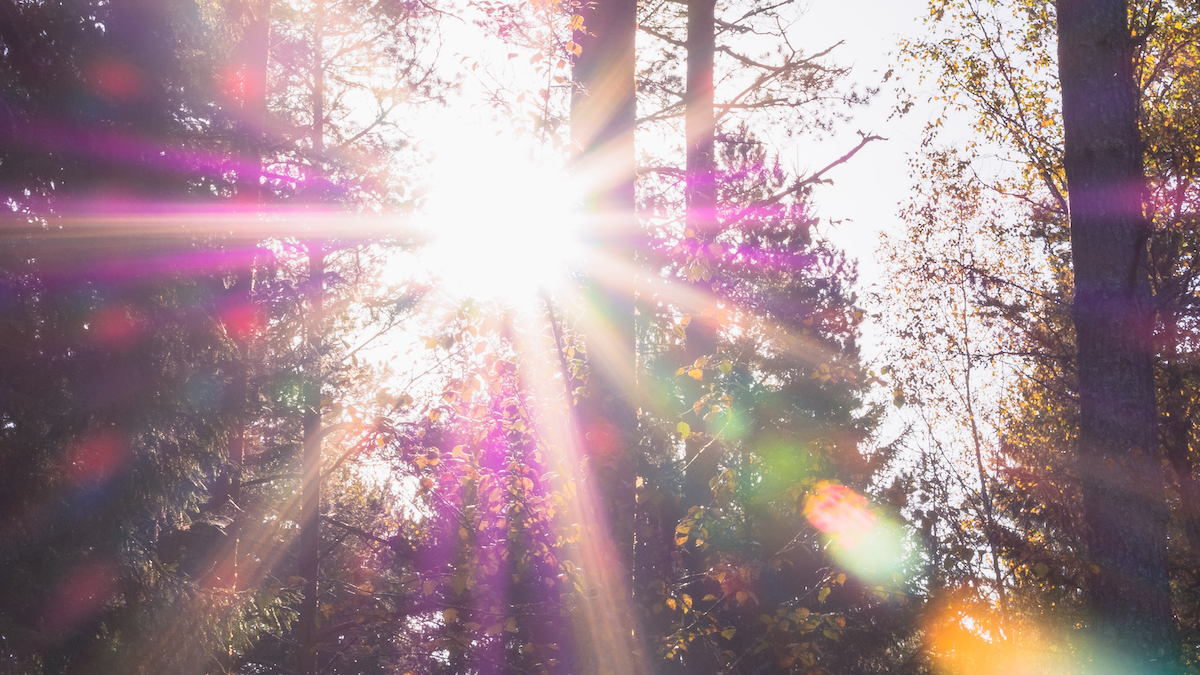Aaahh, the warmth and the light filtering down from above, slowly sinks inside you and feels so very good. Whether you are lying on the grass, sandy beach, in your hammock, or just facing that wonderful star that nurtures all life on our beautiful planet Earth, every sentient being needs, reaches for, and fondles these essential photons.
As a species, humans sense and consider the stimulus primarily through our visual acuity and mental linkage. As such, we organize this input and file it as we have been programmed to do. Certain time periods are noted for their beginnings and endings based on where we are in our solar system and on the earth’s axial orientation. Thus, spring begins with a certain relationship to the sun’s east to west arc across our southern skydome. We notice a change in the plant and animal movements and behaviors. We begin to respond to our own circannual and circadian rhythms, as well.
People will see the flowers coming up in the beds by the house and then will plant gardens. Meanwhile, birds, frogs, and certain mammals will begin to sing with the joy and renewal of spring and thus begin their reproductive cycles. Courtship, locating or building nests, laying eggs, feeding hatchlings, and then fledglings all take place in early spring and into summer. In some productive bird species such as House Sparrows, Eurasian Starlings, and some swallow species (with short breeding cycles), they may, with good food resources, be able to raise even two and sometimes three broods. What a boon to getting their genetic material broadcast across the landscape!
So what is photoperiodicity? It is the organism’s response to the duration and intensity of the available light period that varies over the whole year. When coupled with other environmental variables it can influence reproductive cycles, migration, and overwintering patterns. Considerable experimentation and field observation have suggested it is an important influence on the annual cycle of birds, mammals, plants, and even people. It’s all about the earth’s relationship with the sun. On the equinox (Latin for “equal nights”… and days length) the sun is directly over the equator when it rises and sets, whereas, on the solstices, it is either north or south of the planet’s “belly-line”.
What a lot of people don’t understand is that when we enter autumn, the sun is once again in a similar pathway (6-12 degrees across the southern sky, depending on your location). This will cause a mirror of the spring activity in birds, amphibians, mammals, and even flowers responding to the sun’s intensity and duration. While our seasonal mind program says, “It’s fall and things are closing down for winter” in reality, these organisms are following the stimulus of their pineal glands and activating hormones begin to cause outflows of vocals, activity increases, and behaviors such as singing, courting a mate, nest building, etc are observable. It’s absolutely amazing that this phenomenon occurs and is so easy to see in a multitude of expressions!
I love how the individuals recognize and seize the moment, causing a cacophony of splendor right before the cool, damp of real fall blows in off the Pacific Ocean. Kind of like the ripeness of the tropical fruit of our beloved “Pineapple Express”. Who would disagree with the bright yellow of a re-blooming Gumweed in the upper intertidal zone? What about imbibing that backyard Bewick’s Wren singing with mucho gusto at dawn (I have one that sings on any sunny day, any day of the year!)? And with uplifting Chickadee cheer, don’t we all vibrate at a higher resonance that puts a positive spin on the rest of the day, helping us all function in a space of loving life! Of course, your ideas about the time of the season and the shortening day length do in this scenario eventually nip this spring-like behavior in the bud at northern latitudes. So, it’s only for a brief, but exciting few weeks that we are treated to the ecstatic happiness of revitalizing sunlight-induced love energy!
This article insight is just one of many cultural myths about nature for you to investigate further… I want you to get closer to the truth that is your belief system. When one picks up a conifer cone from the ground anywhere on the globe, and asks, “What kind is it?” “Duh”, you groan, “everyone knows it’s a pine cone!” Is that so? Well, it could be a Douglas Fir cone, or a Western Red Cedar cone, or belong to a Mountain Hemlock, etc., etc. Why do cormorants hold their wings out? “Easy” you say, “to dry their wings out!” Really? Question everything said, Einstein! Great resources abound at Google Scholar and other websites. Check them out for a better understanding of these and other phenomena! And enjoy the “Sun in your Head” and the birds “outside that window” whenever you need an uplifting to the heavens moment!
David Drummond is a teacher, researcher, and nature lover based in Washington State.
